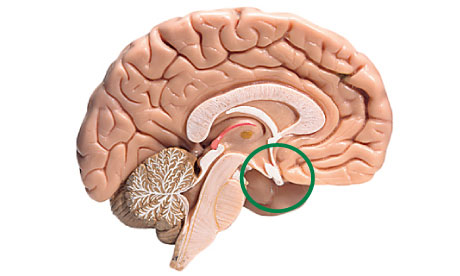
Only once did I waver in my desire to become a surgeon; when I briefly flirted with training as an endocrinologist – a doctor specialising in hormone diseases, including those affecting the pituitary gland.
Often referred to as "the master gland" because of the crucial role it plays in regulating other hormone- producing centres, the pituitary is no bigger than a pea. It sits in a small, bony cave at the base of the skull and is connected to a part of the brain called the hypothalamus by the pituitary stalk.
During my first month as a medical student, I met a lady with a rare disease caused by a tumour of the pituitary gland, who sparked in me a temporary obsession with acromegaly. The James Bond villain Jaws has the classic symptoms of this disorder; in which too much growth hormone produces excessive growth of the body's soft tissues.
Parts of the face enlarge and the hands and feet become giant. Such obvious deformities are matched by abnormalities of the internal organs, including the heart and bowel. Although acromegaly can, in some cases, be treated with medicine or radiotherapy, my patient ended up having her pituitary tumour removed.
The neurosurgeon worked via the nostril, gaining access to the bony cave by tunnelling through the sphenoid sinus (a bony cavity of the skull). The dangers are enormous because the gland sits among the optic nerves and the arteries supplying and draining blood from the brain; any slip of the hand could result in a patient's immediate blindness or death.

